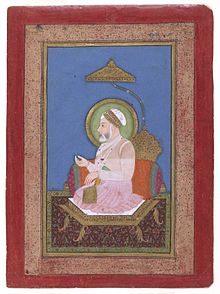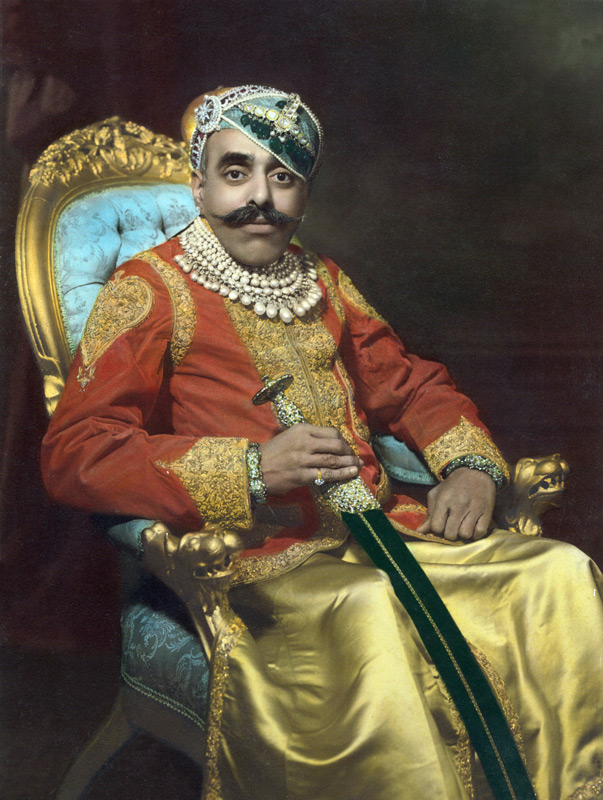
Alamgir II
Coins
Mirza Aziz-ud-Din Muhammad (June 6, 1699 – November 29, 1759), better known by his regnal name Alamgir II, was the fifteenth Mughal emperor from 1754 to 1759. He was the son of Jahandar Shah. Born Mirza Aziz-ud-Din, the second son of Jahandar Shah, was raised to the throne by Imad-ul-Mulk after he deposed Ahmad Shah Bahadur in 1754. On ascending the throne, he took the title of Alamgir and tried to follow the approach of Aurangzeb (Alamgir I). At the time of his accession to the throne he was 55 years old. He had no experience of administration and warfare as he had spent most of his life in jail. He was a weak ruler, with all powers vested in the hand of his vizier, Imad-ul-Mulk.

Swarup Singh
Coins
Maharana Swarup Singh, also known as Sarup Singh, was the Sisodia Rajput ruler of Udaipur State, previously the Kingdom of Mewar, from 1842 to 1861. Born on January 8, 1815, he was the biological son of Maharaj Shivdan Singh of the Bagore branch but was adopted by his elder brother Maharana Sardar Singh. During his reign, he navigated the Indian Rebellion of 1857 by remaining neutral, adhering to the 1818 treaty with the English East India Company signed by Maharaja Bhim Singh. Swarup Singh focused on economic reforms and social changes, such as introducing new coinage and prohibiting the practice of Sati. He died in 1861, four years after the rebellion, and was succeeded by his nephew Shambhu Singh, the son of his brother Kunwar Sher Singh. Images of Maharana Swarup Singh can be found in historical collections, including a notable portrait from the City Palace Museum in Udaipur.

Bhupal Singh
Coins
Maharana Bhupal Singh (1884–1955) was the last ruling monarch of the Kingdom of Mewar (r. 1930–1948), a historic Rajput state in present-day Rajasthan. His reign coincided with India’s transition from British rule to independence, during which he played a pivotal role in integrating Mewar into the Indian Union. Accession: Formally ascended the throne in 1930 but effectively ruled from 1921 after the British curtailed his father Maharana Fateh Singh’s authority and appointed Bhupal Singh as regent. Political Challenges: Navigated India’s independence movement, including the Civil Disobedience Movement (1930s) and Quit India Movement (1942), while balancing demands for political reform within Mewar. 1947 Partition: Declared Mewar’s accession to India, rejecting proposals to join Pakistan. His firm stance ensured the integration of Mewar (including Udaipur, Chittorgarh, and Rajsamand) into Rajasthan
